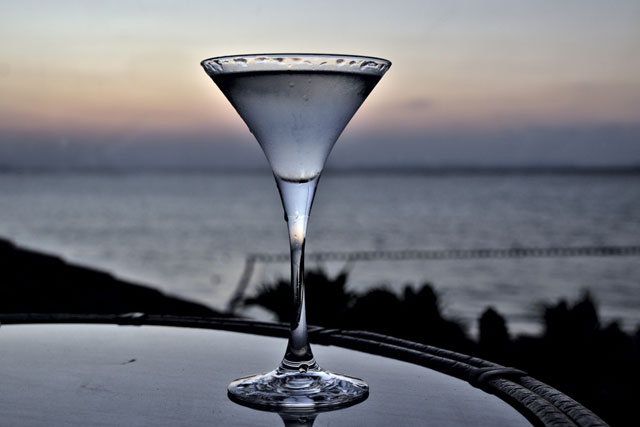September: Rum
September 01, 2024

Daiquiri, a rum-based cocktail typically flavored with lime juice and sugar
When you imagine relaxing with a glass of rum, you may picture sandy beaches, warm evenings and that laid-back, island life. It’s quite the contrast to the efficient and futuristic images often conjured in visitors’ minds when they think of Japan. However, there are a few idyllic corners that offer the perfect home-from-home for the sugarcane drink.
In a handful of distilleries in Okinawa and the Ogasawara Islands, Japanese rum has developed a cult following. Rarely visited, the Ogasawara Islands are an incredible getaway nicknamed the Galapagos of the Orient, and require a 24-hour boat journey from Tokyo to reach them. Protected and much loved, they are home to unique flora and fauna with incredible opportunities to explore nature.

Minamijima, Ogasawara(Google Maps)
Rum originated in the West Indies in the 17th century, taking a shortened name from Rumbullion, a British word to describe the rambunctious good times had when drinking. During the process of crystallizing sugarcane juice, a residue called molasses is fermented and distilled before being aged. The craft travelled around the world, with Indonesia, America and Puerto Rico among the many nations to put their own twist on the classic spirit. While mainland Japan has limited connections to rum, the outlying tropical islands were introduced to the drink by sailors. In the Ogasawara Islands, which are around 1,000km from Tokyo, the development of sugar production and rum began in the late 19th century.

Ogasawara Rum collection (Ogasawara Rum & Liquor Ltd.)(Google Maps)
Originally called Awazake, this is one of the oldest rums in Japan and is often attributed to a single man—Nathaniel Savory who introduced rum to the islands when he settled in 1830. The production of sugarcane continued when Japan took control of the Ogasawara Islands in 1876 and was revitalized by local brewers who returned following American Occupation during the war. One local distillery, Ogasawara Rum & Liquor Ltd. started production in 1992. Developing their own traditional rum, they have also combined the local specialty of passionfruit to create a sweet and unique drink that’s perfect for cocktails. The company also produces a distinctive rum that is aged for a year at the bottom of Hahajima’s seabed, adding an extraordinary depth of flavor to their collection.
If the rum alone hasn’t convinced you to make the 24-hour journey, there incredible natural beauty of the islands surely will. The World Natural Heritage Site is a made up of approximately 30 islands, with two inhabited areas: Hahajima (meaning mother island) and Chichijima (meaning father island). Visitors can enjoy stunning tropical beaches, mountain hikes and volcanic viewpoints, all surrounded by undisturbed crystal seas. The islands are known for incredible rare and unique species, with many protections in place to preserve their existence. Humpback and sperm whales can be seen along with dolphins, and snorkelers and divers will be greeted with an array of tropical fish.

Shimazushi
It’s no surprise that passionfruit is a local specialty to try, but there are some more savory options to enjoy before you settle down with a glass of the local rum. Shimazushi sees soy-sauce marinated Spanish mackerel placed on rice with a local karashi mustard to form a nigiri-style sushi. Available in the few local restaurants and guesthouses, it’s a delicious and unique meal that will soon become a favorite. After dinner, simply sit back, enjoy the sunset and seek out the subtle flavors of sugarcane, pears and deep black sugar in your local Ogasawara Rum.
For more details, contact DMC Japan to discuss ideas, locations and rates.
Contact Us


